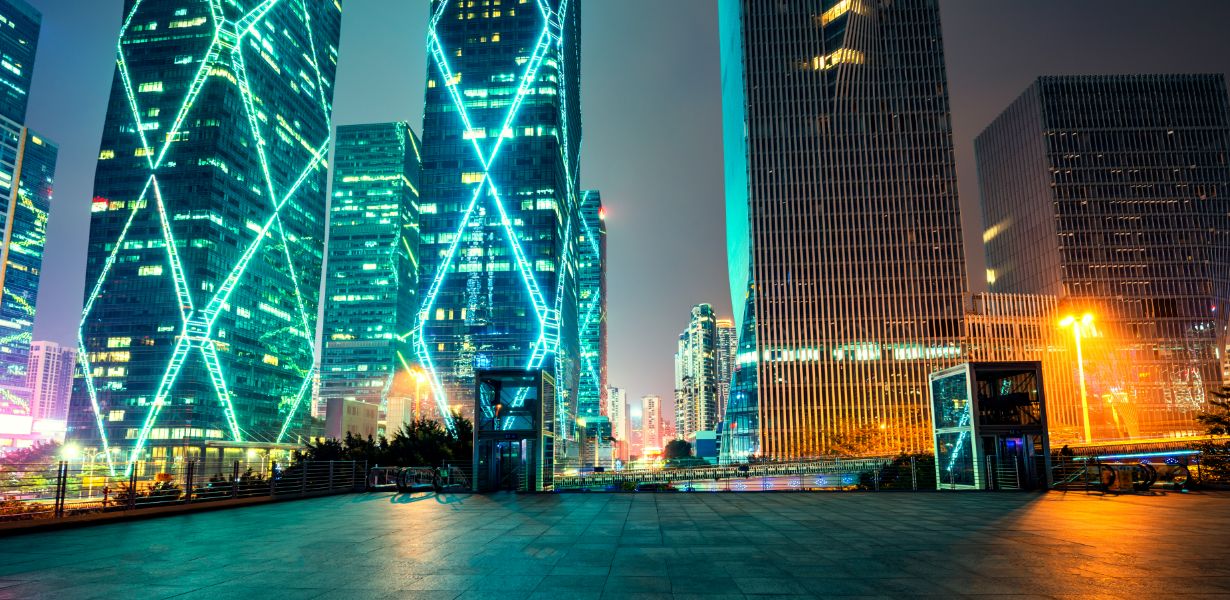
In the ever-evolving landscape of modern architecture, the incorporation of green innovations has emerged as a pivotal and transformative force. This synergy between sustainable practices and cutting-edge design principles not only shapes the aesthetics of our built environment but also redefines the very essence of our relationship with nature. In this comprehensive exploration, we delve into the world of modern architecture and its fusion with sustainable technologies, ultimately paving the way for a greener, more harmonious future.
The Fusion of Form and Function
Modern architecture is a diverse field that transcends conventional boundaries. It marries clean lines, open spaces, and innovative materials to create spaces that are not just functional but also aesthetically captivating. The integration of green innovations within this context is a game-changer.
Sustainable Building Materials
The cornerstone of green innovations in modern architecture is sustainable building materials. Bamboo, reclaimed wood, recycled steel, and eco-friendly concrete are gaining prominence. These materials not only reduce the carbon footprint but also enhance the beauty and durability of structures.
Energy Efficiency and Solar Integration
Solar panels and innovative glazing technologies have become integral to modern architecture. They transform buildings into energy-generating powerhouses, significantly reducing the demand on traditional energy sources and, in the process, lowering greenhouse gas emissions.
Green Roofing and Living Walls
Green roofing and living walls, adorned with lush vegetation, provide natural insulation and absorb rainwater, reducing runoff and urban heat island effects. They contribute to improved air quality and create an urban oasis for inhabitants.
Smart Buildings and IoT Integration
The Internet of Things (IoT) is revolutionizing the way modern buildings function. With smart sensors and automation, buildings optimize energy consumption, enhancing comfort and productivity while minimizing environmental impact.
Passive Design Principles
Architects are embracing passive design strategies to reduce reliance on mechanical systems. Natural ventilation, daylight harvesting, and clever shading techniques ensure that buildings remain comfortable and energy-efficient without excessive reliance on heating or cooling.
Adaptive Reuse and Renovation
Preserving historic structures through adaptive reuse and renovation not only honors the past but also promotes sustainable living. It saves resources, minimizes demolition waste, and adds character to urban environments.
Vertical Gardens and Skyfarms
Vertical gardens and skyfarms are taking green innovations to new heights. In dense urban areas, they provide fresh produce, purify the air, and add a splash of color to skyscrapers.
Bionic Structures and Biomimicry
Bionic structures draw inspiration from nature to create buildings that are efficient and self-sustaining. By mimicking natural systems, architects are designing structures that seamlessly fit into the environment.
Net-Zero Buildings
Net-zero buildings are the epitome of sustainability. They produce as much energy as they consume, creating a balance that leaves no ecological footprint. These buildings are the future of green architecture.
Final Words
As modern architecture continues to evolve, the incorporation of green innovations is no longer an option; it's a necessity. It's a harmonious blend of aesthetics, functionality, and sustainability. The future is in the hands of architects who have the vision to create structures that not only amaze us with their beauty but also leave a positive impact on the planet.
Commonly Asked Questions
1. What are the key benefits of sustainable building materials?
Sustainable building materials reduce environmental impact, improve indoor air quality, and enhance the longevity of structures. They are not only eco-friendly but also aesthetically appealing.
2. How do smart buildings enhance energy efficiency?
Smart buildings use IoT technology to optimize energy consumption, making them more energy-efficient and cost-effective. They also offer increased comfort and convenience for occupants.
3. What is the significance of adaptive reuse in modern architecture?
Adaptive reuse preserves historical structures, reduces waste, and adds character to urban landscapes. It's a sustainable practice that honors the past while creating a functional present.
4. How do vertical gardens benefit urban environments?
Vertical gardens improve air quality, provide fresh produce, and enhance the visual appeal of buildings. They bring a touch of nature to densely populated urban areas.
5. What sets net-zero buildings apart from traditional structures?
Net-zero buildings produce as much energy as they consume, achieving a perfect balance. They are the pinnacle of sustainability and are poised to shape the future of modern architecture.





